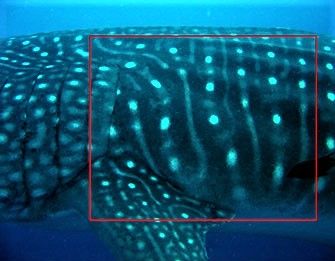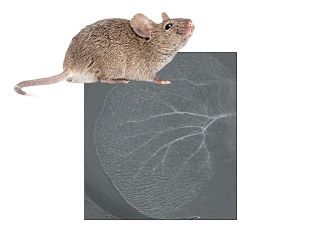The beauty of patterns in the animal kingdom
In the past we have presented a number of posts which mention patterns in one form or another. They can be found in the category of “Patterns” in the Tag Cloud.
In particular, Caroline also gave us a wonderful post on the maths behind some patterns that occur in nature, click here.
Today I would like to look at a very small subset of patterns, those appearing in the animal world. The cleverness of Mother Nature in creating a means of identification by patterns is extraordinary ........ right down to individual animals, within the incredibly diverse animal kingdom!
Firstly, different patterns appear in different species of the same type of animal. Take turtles and tortoises for instance. The “plates” or sections of their shells are called scutes. Different species of turtles have scutes of different patterns and designs, and there are often individual differences among members of the same species. The overall shell shapes of turtles also differs with each species, though this is often related to habitat and has evolved over thousands of years.1

Another example of patterns which identify different species can be seen in African giraffes:

The giraffe species shown above are:
-
The Kordofan Giraffe – found along the southern end of Chad and northern Congo.
-
The Masai Giraffe – found in areas of Kenya and Tanzania.
-
The Reticulated Giraffe – found in northern Kenya and Somalia.
-
The Angolan Giraffe – in Namibia, Botswana, Zambia, and Zimbabwe
-
The Nubian Giraffe – a very small population in Ethiopia.
-
The Southern Giraffe – in northern South Africa.
-
The Rothschild Giraffe – mainly in Uganda and Kenya.
-
The Thornicraft’s Giraffe – only in eastern Zambia.
-
The Western (or Nigerian) Giraffe– a very small population found in Nigeria.
Credit: Elemental Science.com
A further example of patterns that differ between similar animals is amongst The Big Cats. It turns out there are 7 types of big cats on Earth. This includes the five species of the genus Panthera — lions, tigers, leopards, jaguars, and snow leopards. Often cheetahs and cougars (mountain lions) are also included in the definition of “big cat,” even though they are in the genera Acinonyx and Puma, respectively, not Panthera.2
The markings of their coats enable us to identify these individual species as well:

But Mother Nature goes further with her unique patterns! Just as human fingerprints are unique to each individual person, so the individual patterns or markings on an animal can be unique to that animal.
I bet you can think of lots of animals where this is the case!
My first thought was of the markings on the tails (the flukes) of humpback whales…..



Or perhaps the stripes of a zebra……

And the markings on a whale shark are also unique to the individual!


But you may not think of the markings on the nose of a cow or koala! But that pattern is unique to each individual animal!


Or even the pattern of blood vessels in a mouse’s ear, or in the wing of a bat is unique!


We are incredibly lucky to live in a world of such advanced technology that digital recognition photography programs now allow us to capture the unique patterns of an individual animal.
This is often much easier to do, and far less stressful for the animal, compared to the usual method of trying to capture and tag individual animals, in days gone by! The recognition software converts each photograph into a unique code, almost like a barcode, for each animal. This can then be used to track and “recognise” each animal so we can learn more about the numbers, habitats, food and breeding of particular species.


Lastly, if you’d like to get really technical about why patterns form, right down to the cellular level, click here....... (Especially the video at the end!).
Anne has told me that tomorrow there is a special post for those of you who are camera and photography enthusiasts.
Footnotes
With thanks to
- Petcoach.co
- Outforia.com
